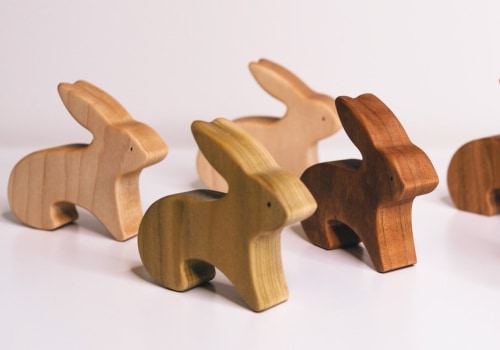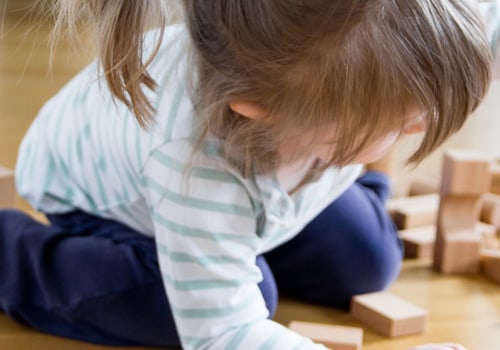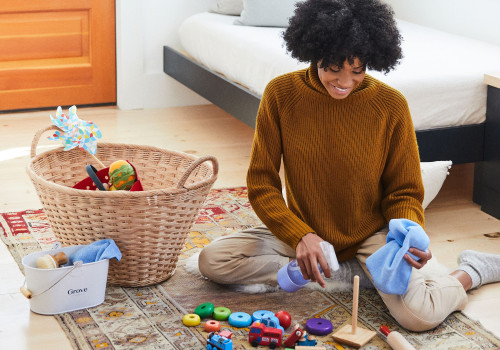As a woodworking expert, I have seen the importance of choosing the right wood for children's toys. Not only do they need to be durable and safe, but they also need to be able to withstand the inevitable chewing and gnawing that comes with teething. After years of experience, I can confidently say that maple is one of the best woods for this purpose. While many common American hardwoods and white pine are generally safe, some tropical woods can contain toxins that can be harmful to children. This is why it is important to carefully consider the type of wood used in making baby toys.
As a carpenter, I have also experienced the potential hazards of working with certain types of wood, as the dust can cause skin irritation or respiratory problems. When it comes to finishes, there are a few options that are safe for children's toys. According to renowned woodworking expert Bob Flexner, any finish is safe after 30 days. However, I recommend using hickory with mineral oil as a natural and safe option.
Other hardwoods such as oak or maple are also great choices. Soft woods like spruce or pine may be more prone to chipping, which is not ideal for baby toys. To ensure the safety and comfort of your little ones, it is important to sand all wooden toys thoroughly and make sure there is no dust left on the surface. Lemon oil can be used as a natural coating to give the toy a clean shine without any harmful chemicals. This will also prevent any stains or discoloration that may occur from traditional wood finishing products. Aside from choosing the right wood and finish, it is also important to consider other safety factors when selecting a wooden toy for your child.
Make sure there are no small parts that can be a choking hazard, and avoid toxic paints or glues. The level of complexity should also be appropriate for the child's age. It is also important to avoid using pressure treated wood or pallet wood, as they may have been exposed to toxic materials. One way to make environmentally-friendly wooden toys is by using trees that do not produce fruit or nuts. This is a great way to repurpose materials that would otherwise go to waste.
Additionally, using non-toxic and VOC-free paints, such as ECOS, is a safe and eco-friendly option for coloring wooden toys. While engineered wood like MDF or plywood may be cheaper and more versatile, they often contain chemicals used in the manufacturing process. As these toys wear out, they may pose a risk to children's health. This is why many woodworkers prefer solid wood, as it is sturdier and less likely to splinter. Some may suggest using natural finishes like salad oil or beeswax, which are edible but require more maintenance. However, it is important to keep in mind that choosing MDF wooden toys may not be the most environmentally-friendly option.
Damaged toys made from this material are more likely to end up in landfills instead of being passed down to other children, which defeats the purpose of going green. When it comes to food-safe woods, fruit woods and those from nut-producing trees like walnut are great options. Oak is also a popular choice for its strength, heaviness, and durability. While there are about 600 species of oak, they all share these common characteristics.



